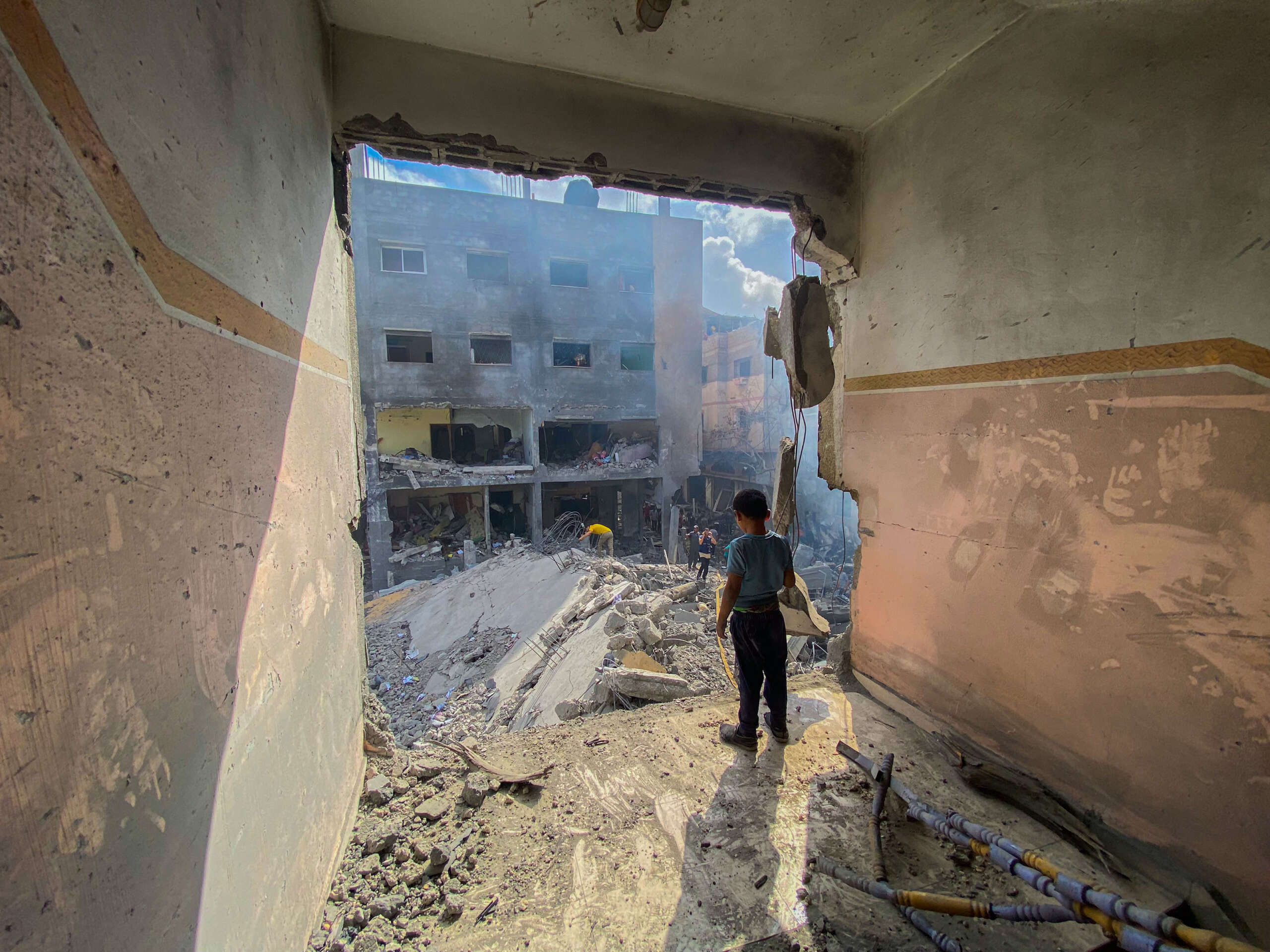

In terms of the reasons why they chose to attack, these are the three main reasons. Which you can find more about in the three different analysis articles below. In terms of the exact date, I’d say it was due to the shift in IDF forces in the region at that time.
First, the policies of the far-right Israeli government enabling settler violence in the occupied West Bank and Jerusalem led to a sense of desperation among Palestinians and growing demands for a reaction. At the same time, the rising tensions in the West Bank caused by these policies necessitated the shift of Israeli forces away from the south and into the north to guard the settlements. This gave Hamas both a justification and an opportunity to attack.
Second, the Hamas leadership felt compelled to act due to the acceleration of Arab-Israeli normalisation. In recent years, this process further diminished the significance of the Palestinian issue for Arab leaders who became less keen on pressuring Israel on this matter.
Third, Hamas was emboldened after it managed to repair its ties with Iran. In recent years, the movement had to reconsider the political position it assumed in the wake of the Arab Spring in 2011, in opposition to Iran and its ally, the Syrian regime.
Before October 7, the group not only limited its own rocket attacks on Israel but also publicly punished those who instigated attacks within Gaza to break the fragile ceasefires. Hamas has let the Palestinian Islamic Jihad (PIJ) fight Israel alone, not joining the fray between Israel and the PIJ in August 2022 or in May 2023.
At the same time, there was incendiary far-right political rhetoric and rising levels of violence against Palestinians. Both 2021 and 2022 set records as the deadliest years for Palestinians, as the Netanyahu government green-lit the expansion of settlements in the West Bank and settlers themselves conducted pogroms against Palestinians.
Israel’s focus on the West Bank may also have created an operational opportunity for Hamas. According to Uzi Ben Yitzhak, a retired Israeli general, the Israeli government has deployed most of the regular IDF forces to the West Bank to manage the situation there, leaving only a skeleton force at the Gaza border. The effort to secure permanent Israeli control over the West Bank, in this assessment, created conditions where a Hamas surprise attack could actually succeed.























A Moka pot is a cheap and easy way to make espresso. I got mine for less than $5. Of course a fancy espresso machine is going to make higher quality espresso, but for the price you can’t go wrong with a Moka pot